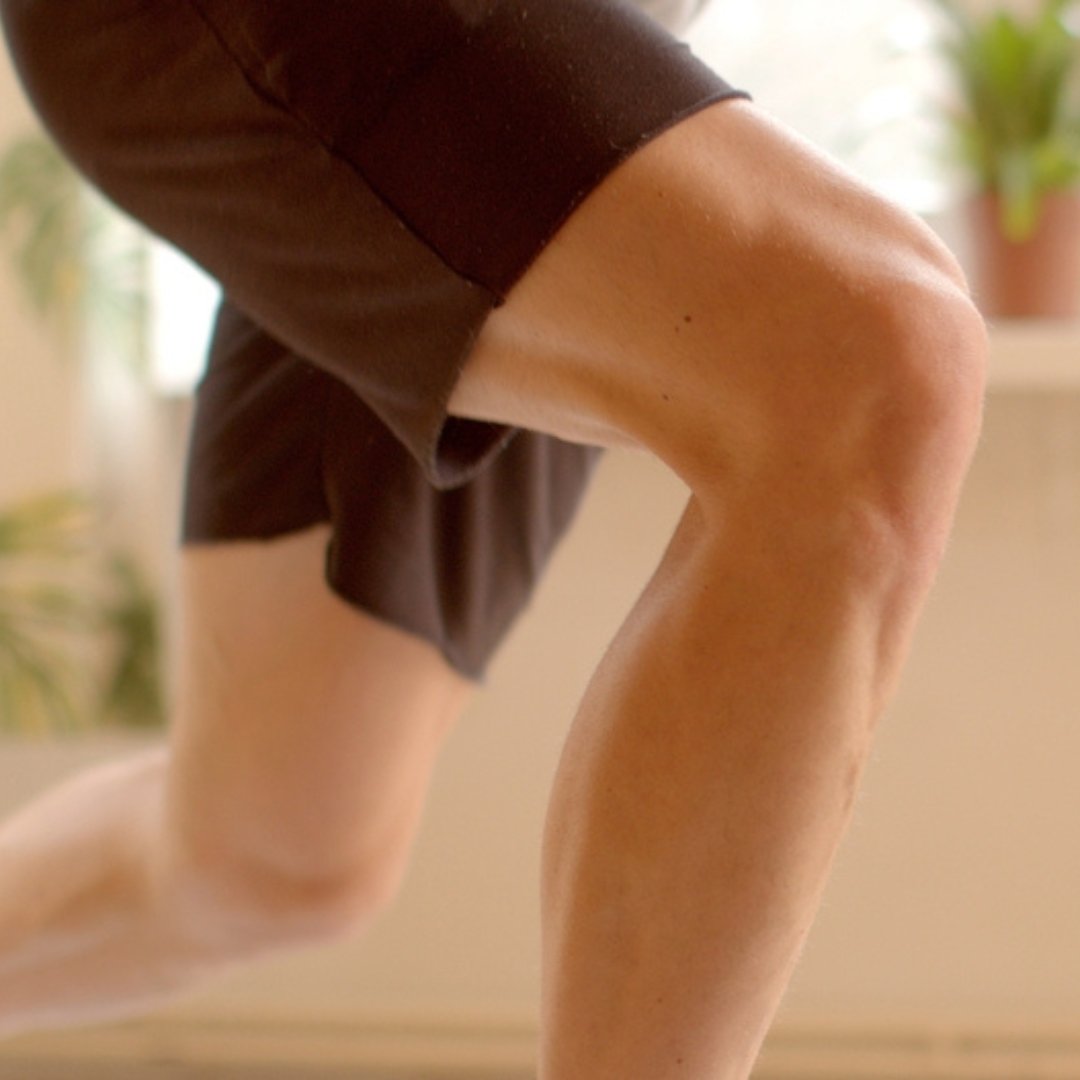
How Soon Should You Go Back to Driving After Knee Replacement Surgery?
Driving after knee replacement surgery? Learn when it’s safe to return to the road and how to manage stiffness, pedal control, and long-drive comfort.
Knee replacement surgeries are more common than ever, offering a new lease on life for those suffering from chronic pain and limited mobility. While surgery is a major step forward, the path to knee recovery can feel long and uncertain. Regaining mobility requires patience, commitment, and the right exercises to strengthen the knee without causing undue stress.
Low-impact exercises play a critical role in this process, helping you build strength, improve flexibility, and prevent stiffness while keeping unnecessary strain off your healing knee. Whether you're fresh out of surgery or a few weeks into your rehabilitation, incorporating safe and effective movements into your daily routine can make a world of difference. Let's take a deep dive into the best low-impact exercises that can help you reclaim your mobility and confidence.
After knee replacement surgery, movement is essential for recovery, but it’s important to choose exercises that support healing without causing unnecessary strain. Low-impact exercises provide a safe and effective way to restore mobility, improve circulation, and rebuild strength in the surrounding muscles, ligaments, and tendons.
Here’s why they’re beneficial:
Common low-impact exercises for knee recovery include stationary cycling, water therapy, walking, rowing, and using an elliptical machine. Incorporating these movements into your routine not only aids physical recovery but also helps you regain confidence and independence in daily life.

Incorporating the right low-impact exercises into your routine after knee surgery can help restore mobility, improve circulation, and build strength safely. While movement is key to recovery, it’s essential to choose exercises that support healing without placing unnecessary strain on the knee joint.
Walking is one of the easiest ways to regain mobility after knee surgery. It helps improve circulation, reduce stiffness, and gradually build strength in the surrounding muscles. Starting with short, controlled walks—whether indoors or on a treadmill—allows for a safe return to weight-bearing movement. As endurance improves, walking distances can be increased gradually.
Using a rowing machine is a great way to strengthen the legs and improve cardiovascular health without excessive knee strain. The controlled, fluid motion of rowing engages the quadriceps, hamstrings, and calves while keeping impact minimal. Adjusting resistance and range of motion allows for a customized, comfortable workout as recovery progresses.
An elliptical machine provides a smooth, low-impact alternative to walking or cycling. The gliding motion reduces stress on the knee joint while promoting muscle engagement and cardiovascular endurance. Many elliptical machines allow users to adjust resistance and incline, making it easier to tailor workouts to different stages of recovery.
Cycling is an excellent low-impact exercise for knee recovery, primarily used to improve range of motion (ROM) and reduce stiffness after surgery. As you pedal, the controlled, smooth movements help gently increase flexibility while promoting circulation to the knee joint.
To cycle safely and effectively:
Cycling not only helps improve joint function but also boosts cardiovascular health, helping you stay active and energized throughout your recovery journey.
By incorporating these low-impact exercises into your routine, you can safely improve mobility, rebuild strength, and regain confidence in daily movement. Always listen to your body, progress at your own pace, and consult with your healthcare provider to ensure a safe and effective recovery.

Once your incision has fully healed and your doctor has cleared you for aquatic exercises, water therapy can be an excellent way to support knee recovery. Exercising in water reduces the impact on your joints, allowing you to regain strength and mobility with minimal strain. The buoyancy of water supports your body weight, making movements easier while still providing gentle resistance to help build muscle.
Water therapy can take many forms, from walking in a pool to structured aqua aerobics classes. Some beneficial water exercises include:
Water therapy can be a great addition to your recovery plan once it's safe to do so. With just a few sessions per week, you may notice improvements in mobility and strength while keeping discomfort to a minimum. Always consult with your doctor before starting water-based exercises to ensure it's the right time for your recovery.
While staying active is crucial for knee recovery, overexertion can set you back. It’s important to recognize when your body needs a break. Signs of overexertion include:
If you notice any of these signs, take a step back and adjust your routine. Recovery is not about pushing through pain—it’s about finding a sustainable pace that allows you to heal effectively.
Recovering from knee replacement surgery is a gradual process, but with the right approach, it can also be an empowering one. Incorporating low-impact exercises into your routine allows you to rebuild strength, improve flexibility, and regain independence—all while being kind to your healing knee.
As you continue your journey, remember that progress comes in small victories. Whether it’s walking a little farther, stretching a bit deeper, or making a full revolution on the bike, every step forward is a step toward reclaiming your mobility.
If you’re looking for additional support in your recovery, GoKnee offers a structured program designed to help you move safely and effectively. Good luck on your knee journey!
Good knees start here. Don’t miss a step—subscribe to KneeMail for free tips from knee expert Shehla Rooney, PT!

Driving after knee replacement surgery? Learn when it’s safe to return to the road and how to manage stiffness, pedal control, and long-drive comfort.

Protect your knee health with lifestyle tips, exercises, and therapies that help prevent degeneration and support long-term joint comfort.

Sex after knee replacement surgery is safe with the right timing, tips, and support. Learn how to return to intimacy with confidence.

Learn how neuromuscular training improves knee stability, balance, and proprioception to support joint health and prevent injuries.

Learn why knee stiffness isn’t only caused by aging and discover strategies to ease pain, improve mobility, and support long-term knee health.